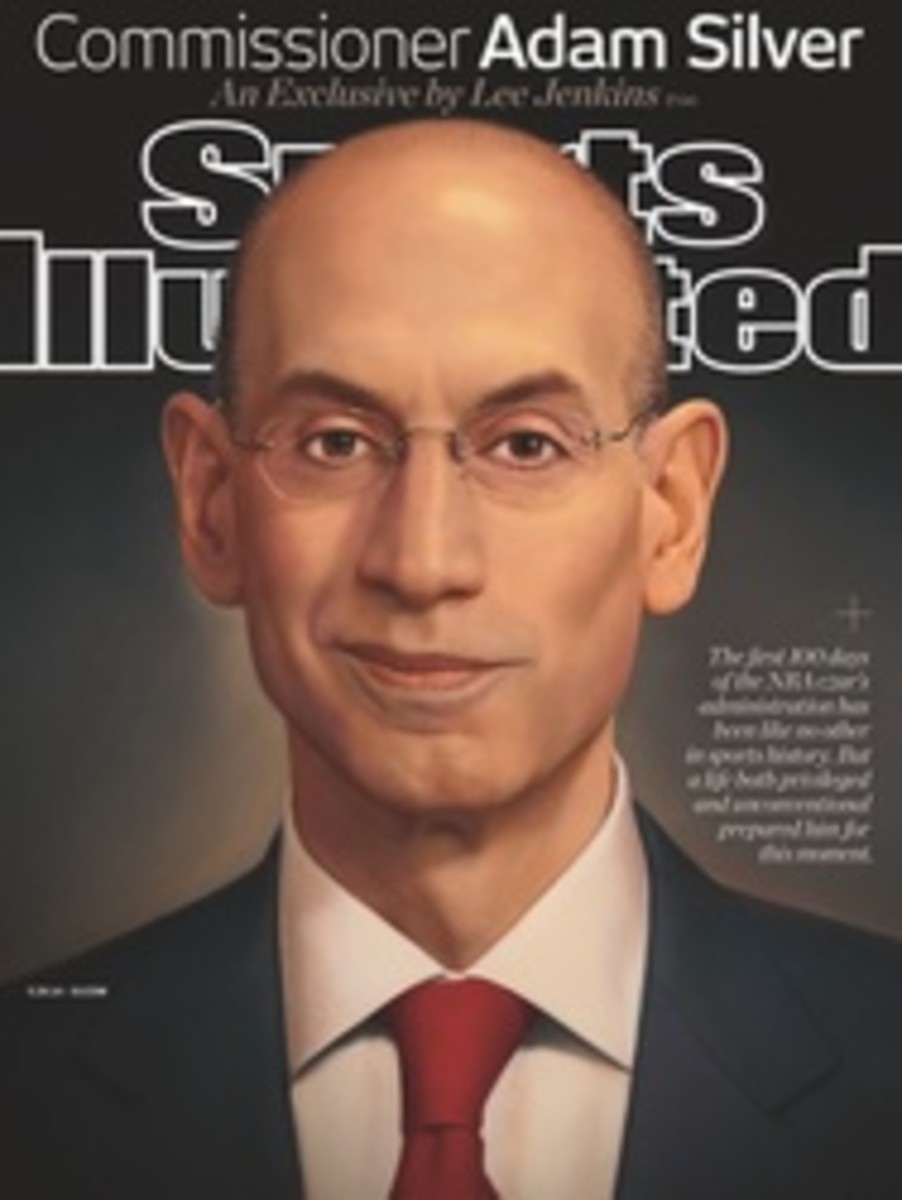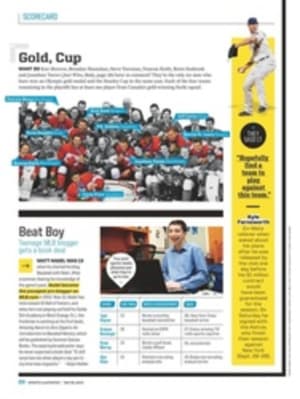
Memorial Days
Casey Stengel, to paraphrase Casey Stengel, is dead at the present time. This much is clear at his neat little grave in Forest Lawn, a cemetery in Glendale, Calif., whose residents—from Walt Disney to Clark Gable—are unliving proof that fame isn't fleeting at all.
On the contrary, fame may be all that does endure. Why else would I be drawn here, 39 years after the Hall of Fame manager's colorful life was reduced to the bronze hyphen in 1890--1975? "When you visit the grave of Stengel or Durocher or Ruth or Gehrig, you get a chance to be close to them," says Frank Russo. "They're not there physically, but you can feel spiritually close to them."
Stengel is uncharacteristically mum today, but departed ballplayers speak metaphorically to Russo, 54, a former radio announcer who now curates a website, TheDeadballEra.com, devoted to major leaguers on the other side of the grass. "It's an obsession," he says of his countless visits to ballplayers' graves. "It's called grave hunting."
At Danny O'Connell's grave in Montclair, N.J., Russo once ran into the widow of the Pirate/Brave/Giant/Senator of the 1950s and '60s, and she did not seem to mind his reverent ritual. "I always wipe sweat from my forehead onto the stone and pat it down," he says. "Just to say, I was here, and I remember you."
Dick Cotter caught for the Cubs in 1912 and died three years later. At Holy Cross cemetery in Brooklyn, Russo found Cotter's headstone—a Celtic cross—in three pieces. It had been lifted from its pedestal by a tornado and set down 70 yards away. "A lot of these players," he says, "don't have family or friends around to look after their stones."
Russo is not alone. The grave hunters at findagrave.com have made an illustrated database of the final resting spots of 5,563 sports figures, from the Braves' Tommie Aaron to the Yankees' Goober Zuber. And for 10 years Jeremy Krock, a Peoria, Ill., anesthesiologist, has worked to put headstones on the previously unmarked graves of Negro leagues players.
Death has not dimmed the brightest stars. Stengel's crosstown rival in New York City still plays that role in L.A., where Giants skipper Leo Durocher also whiles away eternity. From Durocher's plot in Hollywood, it's a short drive to the Parisian Florist, which for 20 years had a standing order from Joe DiMaggio to make a twice-weekly delivery of roses to Marilyn Monroe's crypt in the Pierce Brothers Westwood Village Memorial Park. In 1986, a man named Richard Poncher was, according to his wishes, buried facedown in the crypt above Monroe's. Hugh Hefner bought the tomb next to hers, proving one thing: If life is a lot like high school, so is death.
As for his own eternal rest, Russo has no grand plans. "Recycle my organs," he says. "Take my heart and lungs. Just don't take my Yankees cap."
I am killing time—and time is killing me, on the day's evidence—so I drive down to Anaheim. The Angels aren't in, but Jack Norworth is and has been since 1959, in a small cemetery next to the Santa Ana freeway, which separates the graveyard from Angels Stadium like an automotive river Styx.
The distant hum of transportation will be soothing to Norworth, a Tin Pan Alley songwriter who was 24 years old riding past the Polo Grounds on an elevated train in Manhattan in 1908 when he was inspired to write "Take Me Out to the Ball Game." Norworth retired many years later to Laguna Beach, Calif., where he founded that city's Little League in '52, passing out boxes of Cracker Jack at the parades.
And now he's here, buried near a beautiful new memorial erected three years ago. Norworth's famous lyrics are etched into black granite so visitors can practically hear "Take Me Out to the Ball Game" on the breeze, unless it's a ghostly echo from the empty ballpark next door.
Whitey Herzog once called Busch Stadium "a graveyard with lights." But every ballpark is a graveyard, a green place bound by fences, not clocks. Standing at Norworth's stone, in this lyric little bandbox of a cemetery, it's possible to believe a line inscribed there: I don't care if I never get back.
"I always wipe sweat from my forehead onto the stone," Russo says of the athletes' graves he visits. "Just to say I was here, and I remember you."
Do you make a pilgrimage to any sports sites?
Join the discussion on Twitter by using #SIPointAfter and following @SteveRushin
PHOTO
DAMIAN STROHMEYER/SPORTS ILLUSTRATED
ILLUSTRATION

